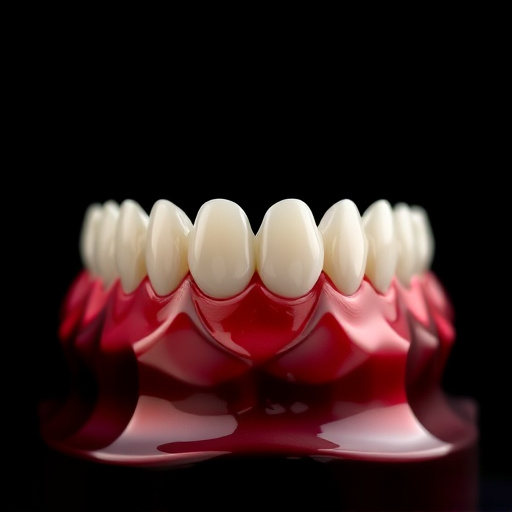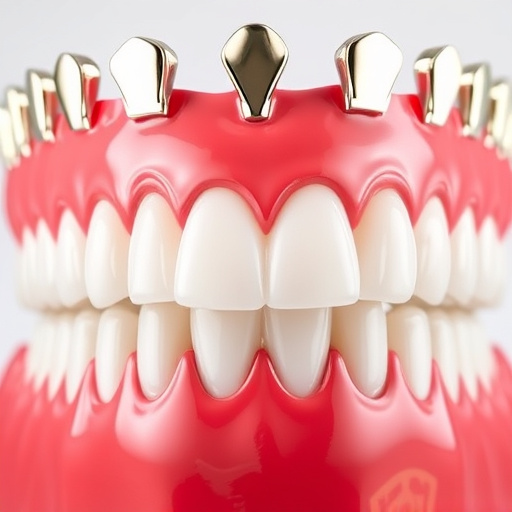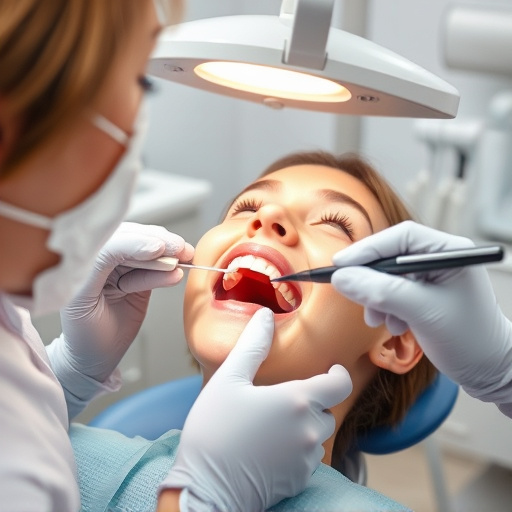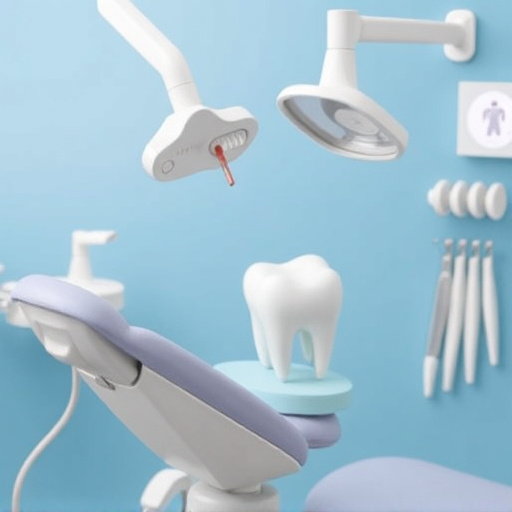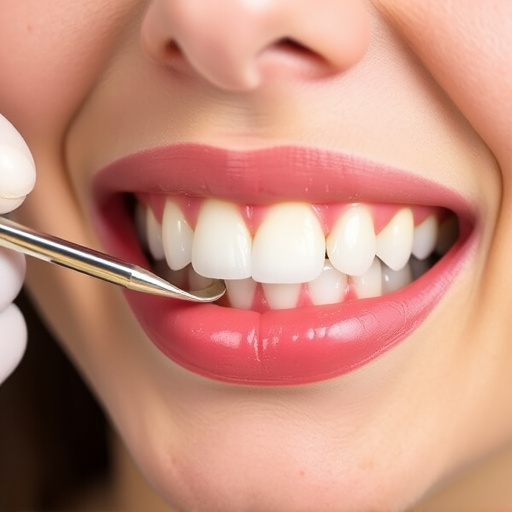TL;DR:
Severe tooth infections caused by decay, trauma, or periodontitis require tooth extraction services to prevent damage to surrounding structures. The process involves a skilled dentist assessing and removing the infected tooth under local anesthesia, followed by restorative techniques like dental bonding. Proper post-extraction care includes managing discomfort, maintaining oral hygiene, using salt water rinses, avoiding straws, soft foods, staying hydrated, and refraining from smoking or excessive alcohol. Regular dental check-ups are crucial to monitor recovery and prevent complications.
“Experience severe tooth infections? Tooth extraction services could be your path to relief. This comprehensive guide delves into the intricacies of managing deep dental infections, highlighting moments when extraction becomes essential for overall oral health.
We’ll walk you through the process of tooth extraction for infections, offering insights on what to expect during and after the procedure. Additionally, discover expert tips for a swift and smooth recovery from tooth extraction services.”
- Understanding Severe Tooth Infections and When Extraction is Necessary
- The Process of Tooth Extraction for Infections: What to Expect
- Aftercare and Healing: Tips for a Smooth Recovery from Tooth Extraction Services
Understanding Severe Tooth Infections and When Extraction is Necessary

Severe tooth infections can be a painful and serious oral health issue that requires prompt attention. These infections often occur due to decay, trauma, or periodontitis, leading to inflammation, abscesses, and potential damage to the surrounding structures. When left untreated, tooth infections can spread, causing further complications and even affecting overall systemic health.
In such cases, tooth extraction services become an essential part of comprehensive dental care. Extraction is considered necessary when the infection is severe or widespread, or if the affected tooth is beyond repair. This procedure involves the careful removal of the infected tooth to prevent the spread of bacteria and promote healing. It is a skilled and precise process that requires expertise in dentistry, often followed by recommended preventive dentistry techniques like dental bonding to restore the smile and oral functionality.
The Process of Tooth Extraction for Infections: What to Expect

Tooth extraction for severe infections is a careful and precise procedure designed to promote oral health and prevent further complications. The process begins with an initial assessment where your dentist will examine the infected tooth, considering its position, surrounding structures, and overall dental health. X-rays may be taken to gain detailed insights into the extent of the infection and the best approach for extraction.
During the extraction, a local anesthetic is typically administered to numb the area around the infected tooth. This ensures patient comfort throughout the procedure. The dentist will then gently rock the affected tooth to loosen it from its socket before carefully removing it. Post-extraction care involves managing any discomfort with prescribed medications and following specific oral hygiene instructions provided by your dental care provider. As part of comprehensive oral care, consider complementary services like children’s dentistry for younger patients, clear aligners for straightening teeth without braces, or cosmetic fillings to restore the appearance of infected teeth before extraction.
Aftercare and Healing: Tips for a Smooth Recovery from Tooth Extraction Services

After a tooth extraction, proper aftercare is essential for a smooth healing process and to prevent complications. It’s crucial to follow your dentist’s specific instructions, but here are some general tips to facilitate recovery from tooth extraction services. First, maintain good oral hygiene by gently brushing your teeth, avoiding the extracted area for the first 24 hours. This prevents infection and promotes healing. Additionally, use a salt water rinse several times a day to reduce swelling and kill bacteria.
Avoid using straws when drinking as the suction can dislodge the blood clot, leading to dry socket—a common complication. Instead, opt for soft foods and warm beverages. Stay hydrated but steer clear of hot liquids that may irritate the extraction site. It’s also recommended to avoid smoking and excessive alcohol consumption, as these habits can impair healing and increase the risk of infection. Regular dental check-ups, including routine oral exams and necessary follow-up visits, are vital to monitor your recovery and ensure everything heals properly.
When severe tooth infections threaten oral health, tooth extraction services become essential. Understanding when extraction is necessary and what follows can ensure a smooth recovery. By seeking professional care, individuals can alleviate pain, prevent further damage, and maintain overall well-being. Rely on qualified dental professionals for compassionate and effective tooth extraction services to restore your smile and enhance long-term oral health.








